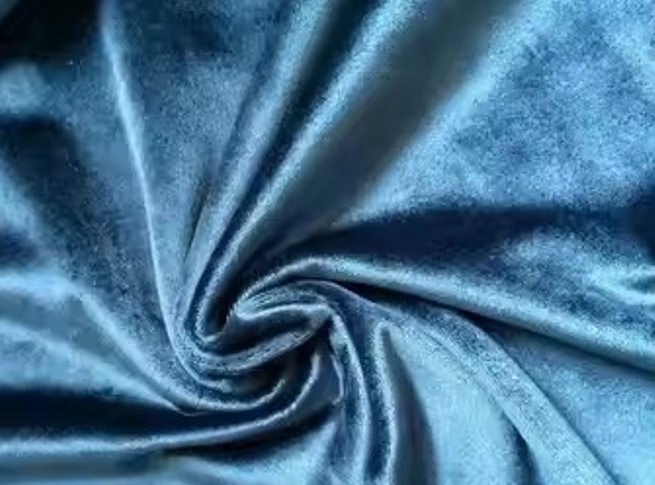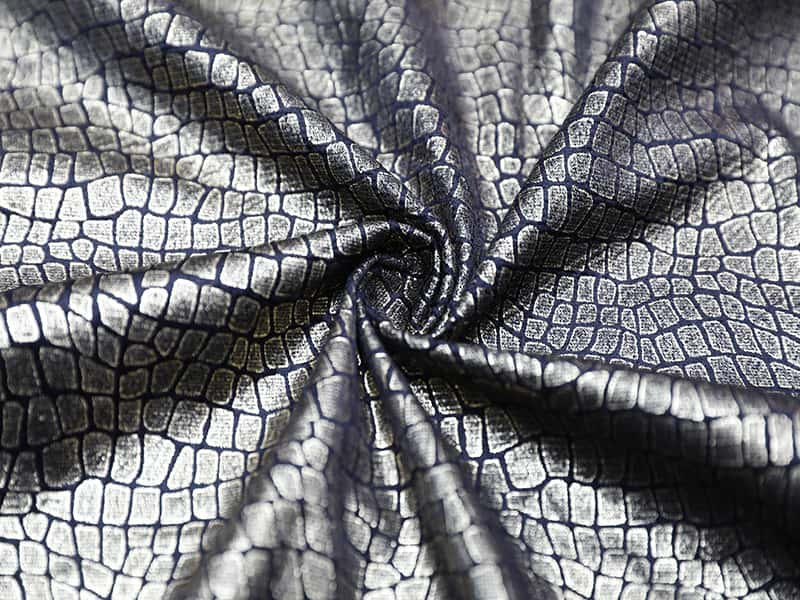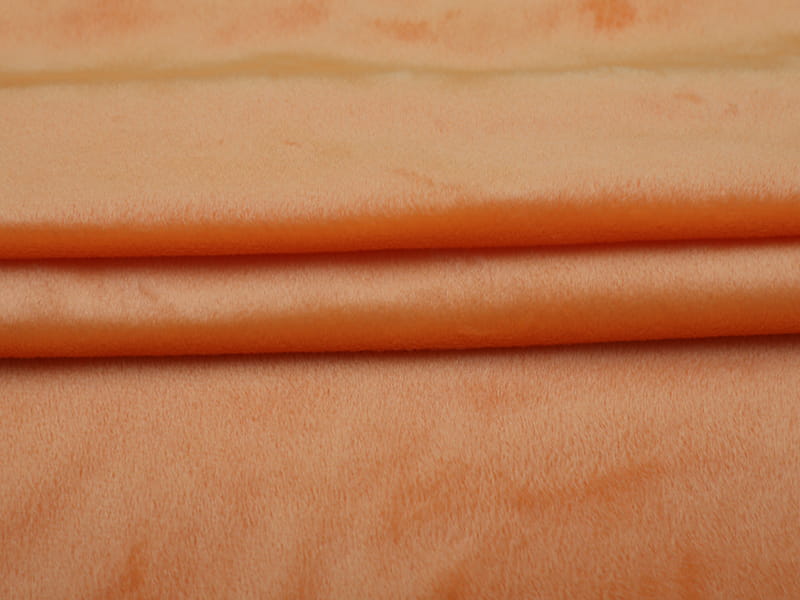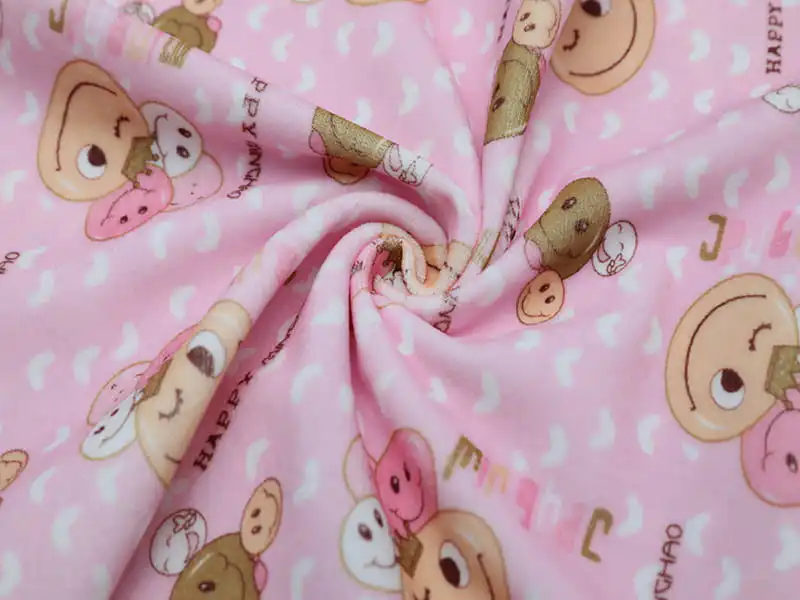Knitted burnout velvet builds a unique pattern shaping system by deeply integrating chemical technology and textile technology. The synergy of this cross-domain technology breaks through the limitations of traditional fabric pattern design, realizes multi-dimensional control of pattern form, precision and visual effects, and gives the fabric rich artistic expression.
The integration of chemistry and textile technology provides a precise control basis for the pattern shaping of Knitted burnout velvet. Its core lies in using the different tolerances of different fibers to chemical reagents to achieve selective corrosion. When the printing paste containing specific chemical agents is applied to the fabric through advanced equipment, the non-corrosion-resistant fibers undergo hydrolysis or dissolution reactions under the action of the agents, while the corrosion-resistant fibers remain intact. The precise selectivity of this chemical reaction becomes the key to constructing the pattern. Compared with the "additive" mode of traditional printing technology that forms patterns through dye attachment, this chemical corrosion process can achieve three-dimensional shaping of patterns at the fiber level, giving the pattern a natural concave and convex texture and depth.
The introduction of advanced printing equipment and digital design has further improved the shaping accuracy of Knitted burnout velvet patterns. With high-precision screen engraving technology or nozzle control technology, rotary screen printing machines, digital printing machines and other equipment can apply printing paste to fabrics with micron-level accuracy. In the digital printing process, the computer control system can accurately control the amount and position of the agent sprayed by each nozzle according to the digital information of the design draft. Even extremely fine lines, complex gradient colors or fine plant vein textures can be accurately reproduced on the fabric. Digital design software supports designers to modify and optimize patterns at will. By simulating the chemical corrosion effect, the final presentation state of the pattern on the fabric can be predicted in advance, the trial and error cost can be reduced, and the perfect implementation of the design creativity can be ensured. This combination of equipment and technology enables Knitted burnout velvet to carry complex patterns that are difficult to achieve with traditional processes, and meet the ultimate pursuit of details in high-end design.
The selective effect in the chemical corrosion process creates a variety of visual effects for Knitted burnout velvet. By adjusting the concentration of chemical agents, the action time and the penetration characteristics of the printing paste, a gradient effect from semi-transparent to fully hollowed-out can be achieved. In the semi-corroded state, some fibers are slightly dissolved, forming a hazy texture that is looming, and soft diffuse reflection is produced when light penetrates, giving the fabric a subtle and elegant temperament; while the fully hollowed-out area completely removes the non-corrosion-resistant fibers, forming a transparent hole structure, through which light can pass directly, forming a clear projection on the back of the fabric. This combination of virtual and real visual levels, combined with the soft texture and gloss of the uncorroded part of the suede, makes Knitted burnout velvet present a rich and varied visual form at different angles and different lights.
In practical applications, the pattern shaping advantages of Knitted burnout velvet are fully demonstrated. In high-end fashion design, designers use their high-precision pattern presentation capabilities to incorporate elements such as abstract art and cultural symbols into fabrics to create unique clothing items; in the field of interior soft furnishings, whether it is making curtains, wall coverings or decorative cushions, its diverse visual effects can be perfectly integrated with spaces of different styles, creating a flexible spatial atmosphere through changes in light and shadow.











